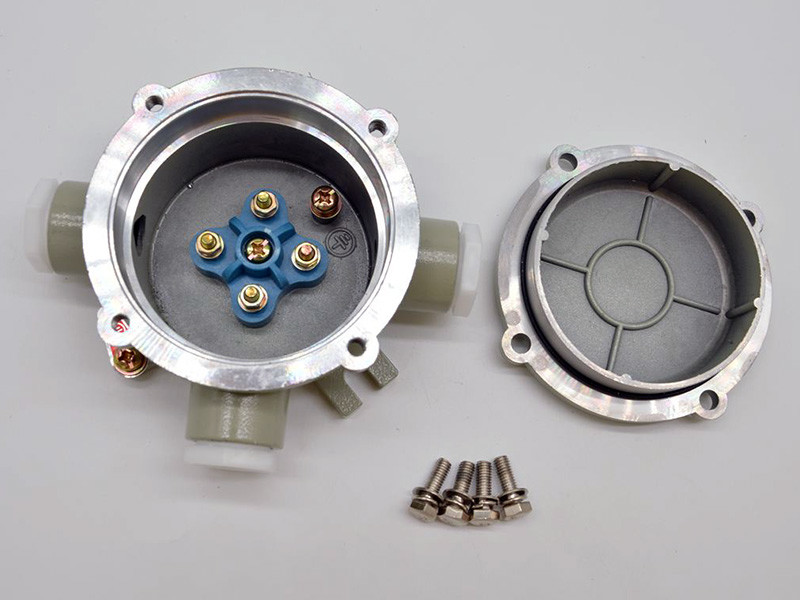In the realm of electrical safety, particularly in hazardous environments, understanding the distinction between explosion-proof junction boxes and conduit boxes is crucial. Here are the key differences:

1. Functionality of Conduit Boxes: Their primary role is threading and splitting wires, also known as conduit boxing, which depends on the length of the wire. For instance, when connecting three galvanized pipes, a BHC-G3/4-B type three-way explosion-proof conduit box is required.
2. Components Inside Junction Boxes: These boxes contain terminal columns to secure and distribute wiring. In contrast, conduit boxes are typically empty inside.
3. Safety Classification: Conduit boxes fall under the Exe ‘increased safety‘ category, while junction boxes are classified as Exd ‘flameproof. Even with similar 6-part specifications, their weights differ due to these classifications.
This concise overview aims to provide clarity on these essential components in explosion-prone settings, ensuring informed choices and safer electrical installations.
 Shenhai Explosion-Proof
Shenhai Explosion-Proof
